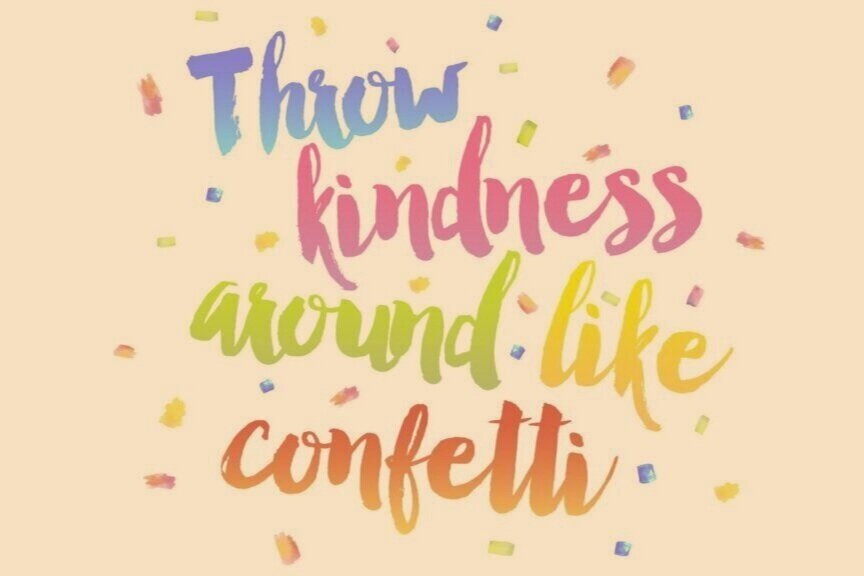Positive Communication: Give Children a Problem to Solve
Have you watched the famous TV series The Simpsons? They got two things spot on. One, kiddos can call your name on repeat for as long as it takes for you to respond or listen. Think about it. How many times have you heard the soundtrack of your name call-outs during the day?
Especially with preschoolers.
The other thing they got right is that adults often don’t know how to speak to kids. They normally go with long lectures that lose their children’s attention. Just like Bart and the other kiddos in The Simpsons, all they hear is blah, blah, blah…...which unfortunately is so frustrating for the adults. So, you end up yelling, punishing, or even screaming without getting your desired outcome.
Great communication with your children results in stronger relationships, greater cooperation, and feelings of worth and value. As parents, we have no problem dishing out instructions, but when it comes to getting our kids to communicate feelings and thoughts, the struggle kicks in.
Keep this in mind -
Good communication with your kiddo forms the foundation of how they will communicate with others as they grow into adults. This isn't something we are born with; it's developed through the environment.
We have been going through how to effectively communicate with your kiddos as last week's post was all about using body language. Today, we will talk about the strategies you can use to get your children to listen the first time.
I dove deep into all seven strategies for effective communication in our course From Conflict to Calm: Communicating with Challenging Children
This course is geared toward teachers, but the same concepts work for parents, too. Check it out to learn all the communication hacks!
Next, we’ll talk about one of the top strategies I have used over the years, It has worked wonders for both parents and kiddos. I call it the “I see…” strategy.
How to use the “I see…” strategy
Two-Sided Conversation
Ever wondered what would happen if we talked to kids like they are adults?
Like actually talk with your child, not AT your child?
You know…when we stop hoarding all the control and authority in communicating with them and give THEM a bit of control and ownership.
Rather than giving instructions, have a two-sided engaging conversation. Meaning, you talk and then listen to what they have to say. I know it can be challenging, especially when they have limited vocabulary OR you have limited time. I’m here to tell you…..you’ve got to start making this a priority early enough for healthy relationships to form in the future.
A Problem to Solve
Instead of instructing them to tidy their bedroom, you can say, “I see clothes and toys all over your bedroom floor.” Then, wait for their response. This way, you are giving them a chance to be in control of the situation and to respond to you. You are setting up a problem for them to solve instead of telling them what to do. The stress response system really likes that.
Remember, shaming, blaming, or ridiculing is never the answer. These are the number one causes of parent-child conflicts and problems. Statements like, “Your bedroom is a disgrace,” “Stop acting like a two-year-old,” or “Don’t embarrass me,” will not make your kiddo behave. Those kinds of statements make them feel negatively about themselves and lead to lack of self-confidence, self-worth, and self-esteem. #lowselfesteem
Be kind
Speak to them with respect and appreciation, and they will learn to reciprocate it. Your relationship will thrive.
Also, when they do what they are expected to do after telling them what “you see”, appreciate them and give praise. Tell them they did a great job cleaning their room or helping out with dishes. It means more than you'll ever know!
Give Grace…...
...to yourself! Don’t be too hard on YOU. Like everything else, practice makes perfect. Keep working on this skill, and give yourself some grace. When you slip up, repair it with your kiddo. Show them it’s OK to make a mistake, apologize, and try again. They will appreciate your honesty.
As you implement this strategy, come back and let us know how it went in the comments below. Or, do you need more help with communication? This is one of my favorite topics! Please contact me…..I’m happy to help!
Questions? Need help? Reach out!
Email: hello@thebehaviorhub.com
Social media: @thebehaviorhub
Online school
Schedule a discovery call





